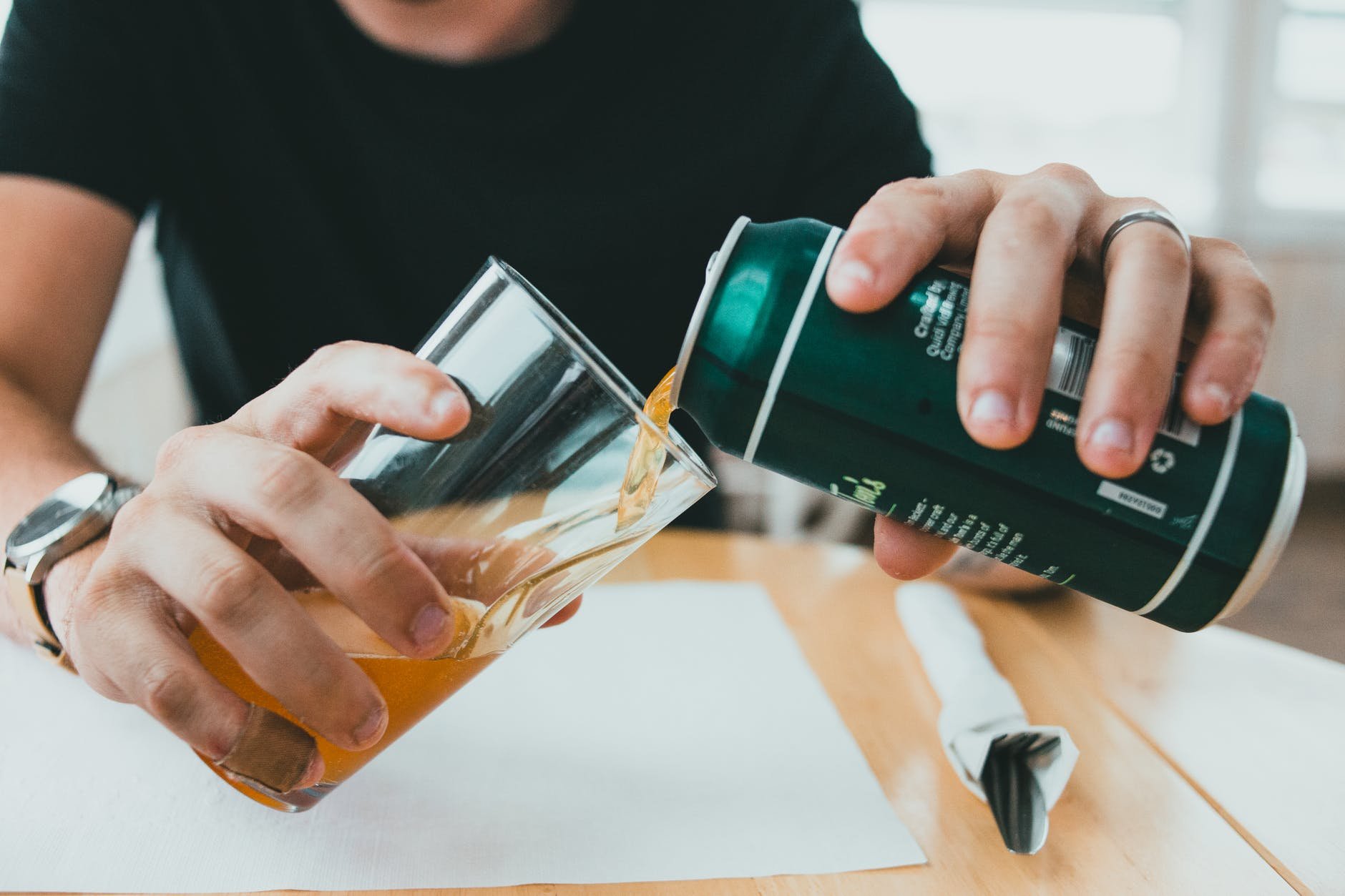Canned Beer vs Bottled Beer: Which is Better?
The rise and rise of the craft beer scene in the past few years has revitalized a significant slice of the beverage market, and also introduced new generations to the idea that small-scale producers can compete with and outdo the major brands in more ways than one.
With success like this comes discussion and debate, and one of the biggest questions that surrounds beer is that of whether it’s better from a can or a bottle.
Of course there are other ways to access beer at home, whether in a keg or a beer growler but for a truly personalized experience, consider exploring guides to brewing your own beer at home. But for the average consumer, smaller serving sizes are still the norm. So should you opt for bottled beer where possible, or choose a canned counterpart instead?
Protecting the product is key
It’s hard to argue that cans aren’t the best option for storing and distributing beer to consumers when you consider it from a practical perspective.
The shelf life of beer is contingent on keeping out light, as the more it is exposed to ultraviolet rays, the faster it will go bad.
With an opaque can, no light can possibly get at the liquid inside. Conversely, while bottles may be colored brown or green to filter out some of the light, they are not capable of achieving the same levels of protection. So if you want beer to stay fresher and taste better for longer, cans are the way to go.
The concept of bottle conditioning does come into play to a degree, with some beers being made specifically with a view to undergoing some of the conditioning process once they are bottled. Even so, cans still have the edge in most cases.
Sustainability matters
Both glass and aluminum are endlessly recyclable, which is good news for beer drinkers who are also concerned about the planet.
However, the main sustainability difference between the two comes in the weight of the container itself. Glass bottles need to be thicker and larger, and thus heavier, than cans containing the equivalent amount of liquid. This means that they weigh more, and take up more space during transport and storage.
This increases the carbon footprint of bottled beer to a notable degree. Cans can therefore be seen as the greener choice.
Aesthetics are important
At the end of the day, drinking beer is not something we do to survive; it’s a pleasurable activity which is all about the taste of the product, as well as the way that it’s presented to us.
The look and feel of the packaging therefore matters here, as it does with any consumer item. And the gap between bottles and cans is much closer, as well as being entirely subjective.
The feel of a beer bottle in the hand is arguably more pleasing than that of a can, and the aforementioned added weight gives it a sense of solidness and quality which can make even the most bargain basement brand seem premium.
Sure, breweries have got better at jazzing up the designs of the labels on their cans so that they are a selling point in their own right. But that doesn’t disguise the fact that beer bottles have an iconic, timeless aesthetic.
Usability can come into play
The final thing to note is that bottles and cans of beer have different levels of convenience for the end user, which could sway your choice.
Unless a bottle has a screw cap, opening it requires a separate implement, whereas a pull tab can gives you easy access with no additional tool needed.
Of course once the container is open, drinking from a bottle is perhaps more appealing, as it doesn’t have the sharp edges of a can’s open tab to pose a threat to your lips.
Choosing with your head, canned beer wins every time, but thinking with your heart might mean there’s still a place for bottled beer in your refrigerator.







